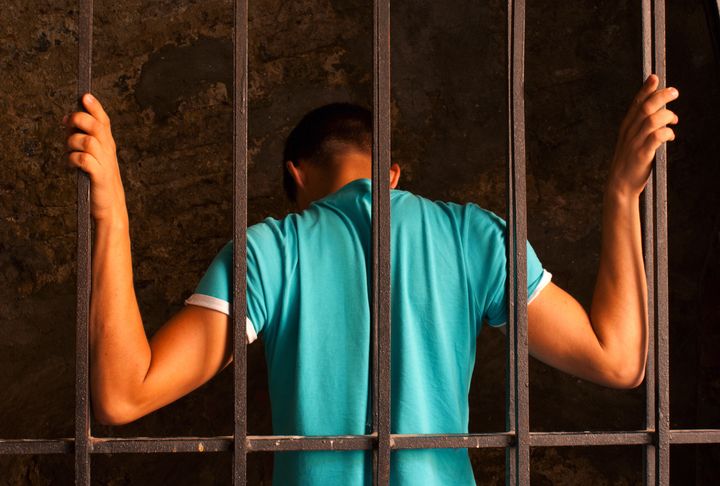
Many states across the nation have been making an effort to reduce their inmate populations, but it might not be successful if more steps aren't taken to determine which programs for released convicts are most effective, say criminologists at the Stanford Criminal Justice Center.
At the National Institute of Justice's annual conference Tuesday in Arlington, Va., Stanford Law School criminologist Joan Petersilia said that "we've got to stop overselling community corrections -- and under-delivering," according to The Crime Report.
She said she fears that inmate populations will decrease in the short term in order to limit government spending, but that they will increase again when the economy recovers and there's no evidence that programs for ex-convicts have succeeded.
Petersilia's colleague Robert Weisberg made similar warnings about the importance of rehabilitation.
"The most important things are drug rehab programs and mental health treatment," Weisberg told The Huffington Post. "A lot is going to depend on whether some of the money that can be taken out of prison funding can be put into rehabilitative services, at least in the short term."
Weisberg also said that deficit hawks should pony up more money for rehabilitation and job training programs because it could end up cutting costs in the long term.
"I think you can and should save money, but you can't do it simply by releasing people, or you're just going to have increased recidivism and that's going to increase costs again," he said. "A disproportionate number of people released from prison are going to be on the public dole anyway. If you can make them more employable, you're saving social welfare costs."
He added that freeing more elderly prisoners would save money without much fear of recidivism. A recent American Civil Liberties Union report found that states and the federal government spend more than $16 billion each year to incarcerate elderly prisoners, even though evidence shows that most people over 50 pose little or no threat to the public.
"You have thousands of elderly prisoners in American prisons who may, by some retributive purposes, deserve to be in prison, but the costs become exponentially greater," he said.
